If you want your blog posts to perform well and are wondering how to write a headline, here’s an easy trick: Write compelling headlines.
As digital brands and marketers everywhere struggle for viewers’ attention online, the headline is perhaps one of the most crucial tools at our disposal.
And though creating a perfect headline might sound easy, many considerations go into getting it right.
To help your content building, we’ll uncover the secrets of writing headlines that the audience wants to click – and that will drive more traffic to your content.
We’ll look at the importance of the headline and a few common mistakes people, what can do to make a headline more magnetic? In this post, I’ll share my deep guide process for producing consistently great headlines and how to write a headline.
How Important Is The Headline?
Your headlines are the first point of interaction a user has with your piece of content, and it often determines whether or not anybody decides to hit via and learn more or to regularly scroll and potentially never think of your brand again.
Content marketing is more competitive than ever now.
Readers are producing 70 million new posts every month on WordPress alone – and with so many brands and individuals building so much content, it’s a struggle to even get your headlines in front of the audience.
But once they see it, your headline must compel them to engage further.
That means knowing how to create a strong headline, which is easier said than done. Consider that 90.63% of content gets no traffic from Google – and that can be at least partially attributed to bad headlines.
A better headline will make you stand out from the crowd, increase your chances of drawing in more viewers, and ultimately lead to more clients.
In an ideal world, you want to attract users while offering value, accurately representing your content, and aligning with search intent.
A tempting headline can also help you excel in search and boost your performance on Google Discover, where headlines can greatly impact click-through rates – and which has become a source of site traffic for many publishers.
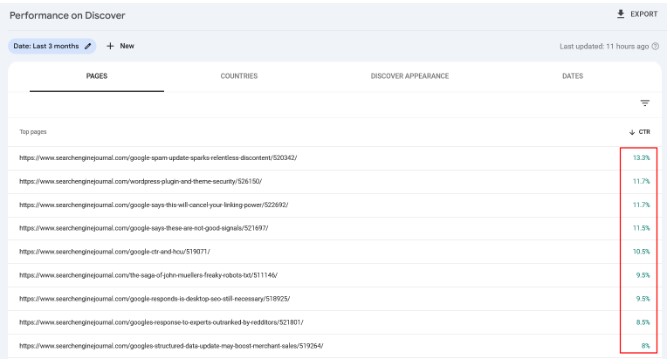
Putting users first and keeping SEO best practices top-of-mind you can strike the right balance.
Why Should You Care About Headlines?
Traffic to your post will vary depending on the strength of your title. If you fail to make it impactful and clickable, every other marketing step you take will be a total waste of time. Hence, it is key to take this time to master how to write a headline.
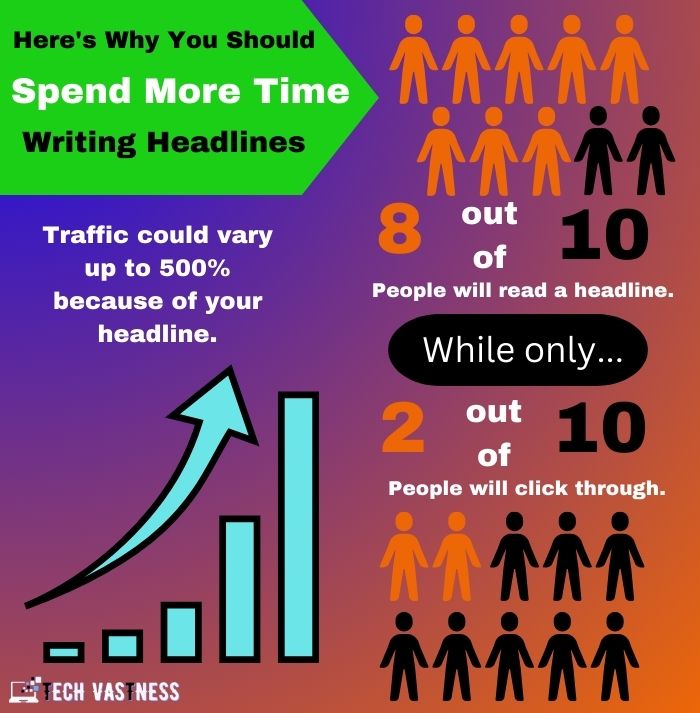
Web Users Scan Headlines
It’s a long time said a human’s average attention span is less than that of a goldfish. While that eye-popping stat is widely disputed, the fact remains that you don’t have most of the time to capture a person’s attention.
That’s where knowing how to write a great headline comes in. It’s your chance to immediately catch your viewer’s scanning eye.
Writing great articles isn’t enough. Magnetic content by itself isn’t a ticket to higher click-through rates (CTR).
Be it a search engine result or a post on the Twitter timeline, people determine if your content is worth their time in a split second. Forget reading or scanning your post. The information overload has led users to scan even the headlines.
Headlines Are Worth 90% of the Advertising Dollar
The content headline is possibly your only interaction with your viewers.
Popular advertising executive David Ogilvy believed that your headline is read five times as much as your body copy:
“The average reader reads headlines 5 times as often as body copy.”
“Your title doesn’t sell your goods, you have ruined 90 percent of your money.”
A tempting copywriting headline improves more than just your CTR. It also starts your interaction with the user on a positive note.
If your post keeps the promises you make in the headline and conveys your value proposition clearly, you nail your first impression.
A Compelling Headlines Can Get Your Posts Shared Thousands of Times
Amid the noise of the 7 million posts published per day, how many do you think to get more than hundreds of shares?
Not many.
As per research on 1 million headlines, 89% of built content does not even cross this 100-share mark.
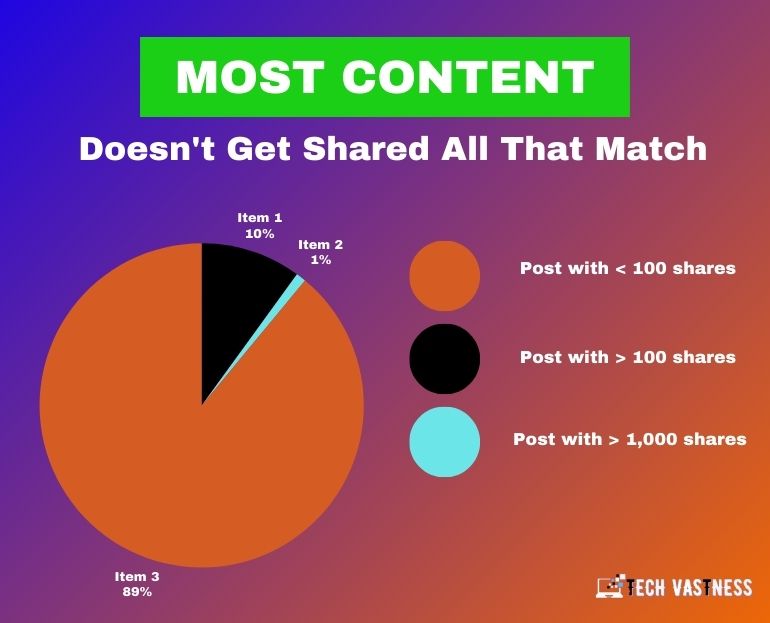
How can you break into that higher 1% bracket and get thousands of shares on each post you write?
But, how can
By creating a seductive blog headline.
Think of the last 5 posts tweets you favorited.
Did you read each post before pressing the favorite button (now called the like button)?
Probably not.
An exceptional article headline can get your post shared on social media, even before it’s read. That’s why learning how to write a headline is necessary.
Web Readers Read (Roughly) in an F-Shaped Pattern
Eye-tracking visualizations have found that on the web, the reader generally reads in 2 horizontal movements followed by a systematic and slow vertical scan, in other words, an F-shaped pattern.

Social media audiences appreciate scannable writing with titles, subheadings, and bullets that are front-loaded with information. That’s why it’s so important to load the top of the “F” with a ton of crucial information.

How to Write a Headline
Step 1: Use Specific Numbers & Data in Your Headline
Integrating specific numbers and data into your title is one of the most crucial things you can do to make a headline more magnetic. Research shows that headlines featuring numbers generate a lot of social shares and engagement.
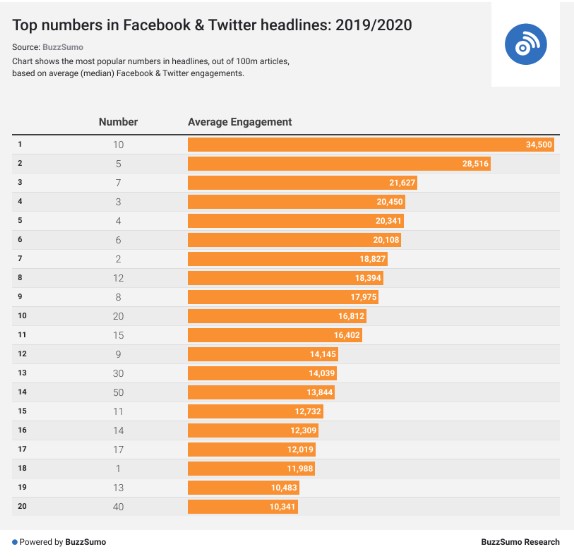
Source: BuzzSumo
One of the reasons why using numbers works in your headline is that numbers are like “brain candy.” They are tea addictive, and our minds can’t get enough of them.
It’s all part of the psychology of writing titles.
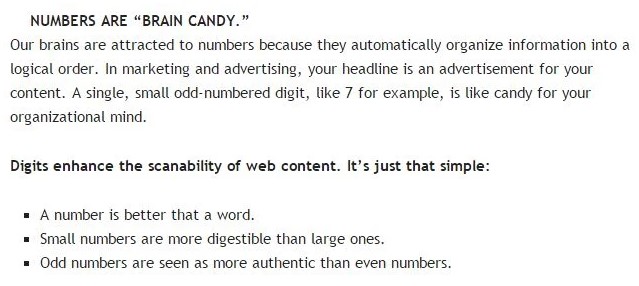
Additionally, it’s crucial to understand the scientific element of odd numbers. We often see viral posts with numbers namedropped, seemingly randomly, in the titles, and you may have stopped to wonder why the authors didn’t use even numbers in their list posts.
That’s because the brain seems to believe odd numbers more than even numbers. Odd numbers help users digest and recall information more easily. Moreover, when they tested their hypothesis and tweaked their headline to add odd numbers like 7, click-through rates increased by 20 percent.
We’ve also found that instead of using the word “7,” you should always replace it with the numeral “seven” in headlines. Hence, instead of writing “Seven Ways to Start a Home Business,” use “7 Ways to Start a Home-Based Business” to appeal to the number-craving side of our minds.
Let’s look at a few examples from Buzzfeed.com:
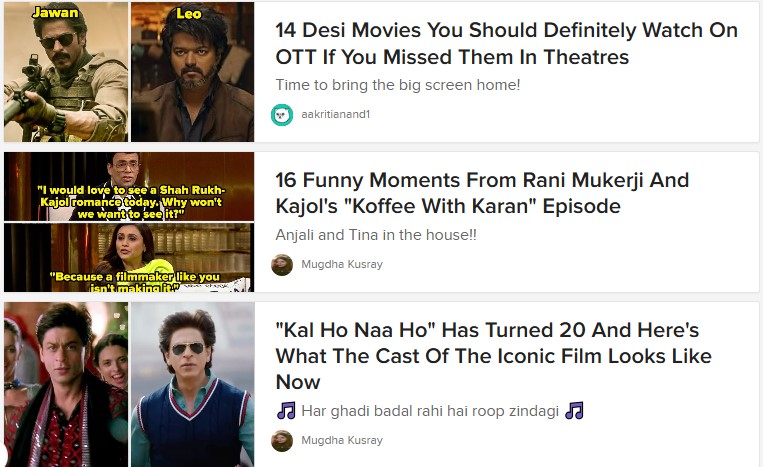
Step 2: Utilize a Unique Rationale
I’ve used unique rationales to write good headlines (if I said so myself) that went viral. The word “rationale” means “an underlying reason why something should be done.” If you want readers to read your content, do you have a great reason why they should?
Did you know that 59 percent of people share content without reading it first? So, we must ensure our headlines appear to those who might pass them along. Give people a strong reason why they should hit, areas and above all, share your content. Businesses with blogs receive twice as much email traffic as those without
A few of the rationales that you can include in your headlines are:
✅ Tips
✅ Reasons
✅ Lessons
✅ Tricks
✅ Ideas
✅ Ways
✅ Principles
✅ Facts
✅ Secrets
✅ Strategies
Here are a few examples of our rationale in action:
- 9 Tips to Write Blog Introductions Like a Pro
- 17 Lessons I Learned the Hard Way as a 5-Year-Old Blogger
- 6 Principles for Designing a Perfect Landing Page
- 15 Facts About Content Marketing That You Didn’t Know
- 8 Insights to the Future of Search Engine Optimization
- 5 Secrets to Make Your List Post Sing
- 4 Headline Writing Tips to Make Your Headlines Soar
Step 3: The Call for Attention
The purpose of how to write a headline is to get your readers to read the first sentence. Each headline should call for attention. “Attention” refers to serious concentration and mental focus on a task.
Remember that your customers are human beings with thousands of ads, blogs, articles, and more vying for their attention every day.
If you’re a small business owner, one of the methods to acquire and retain clients is by engaging them with the best content writing.
After all, the best content always begins with a headline that captures your user’s attention.
You’ve got to convince your clients and prospects to keep reading. The headline can create that momentum for you.
Hence, instead of putting all your time and energy into getting email subscribers and making sales, how to write a headline that gets people to read the first phrase.
That should be your title’s true purpose. If you accomplish that goal, the introduction, subtitles, numbers, bullet points, and storytelling will take care of the rest and convert the people into customers.
Before I display you a few simple ways to write headlines that call for attention, here are 4 rules to follow. They’re considered the “4 U’s” of writing attention-driven titles:
The 4 U’s are:
✅ Craft the headline unique.
✅ Be Ultra-Specific With Your Headlines.
✅ Convey a sense of urgency.
✅ Provides something useful.
1) Craft the Headline Unique
“Unique” means “one of a kind.” In other words, your title must be different from others.
Hence, how do you test your headlines for uniqueness?
Simple: Plug them into Google and enclose the title in double quotation marks. Here’s a below example:
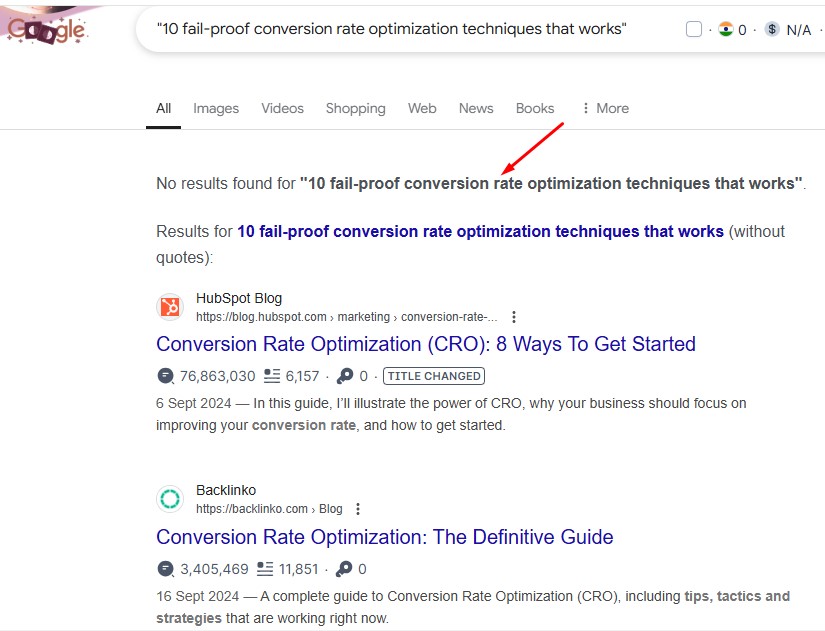
😊 Note: you have to use double quotation marks to get the exact result you want. In the above Google search results, the title returns a “no results found” message.
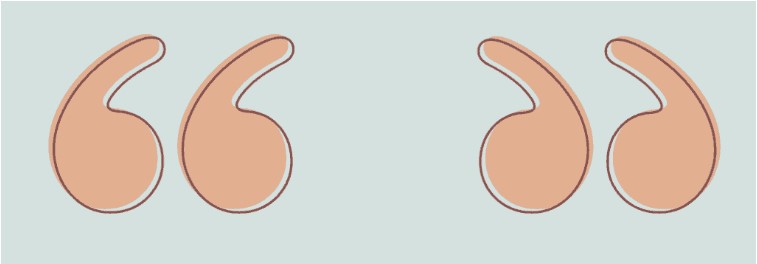
Of course, thousands of people may be targeting the same keyword (in the name of conversion rate optimization), but your goal is to write a title that no one else has.
2) Be Ultra-Specific With Your Headlines
Your prospects have questions, and they want the answer. If you can provide them with an ultra-specific headline and the answer to their questions, you can convert them into loyal users and customers.
The ton precise you can be, the more authority you’ll command in your niche—and the easier it’ll be to create a strong connection with clients.
There are many times when you might want to mask the content’s real purpose from your target audience and use click triggers, like power words and strong adjectives in your headline.
There’s nothing wrong with this, essensarily. However, ultra-specific headlines give the user a sense of what to expect when they click to read your content.
Whether you’re a beginner or an established content marketer, you need to set specific and realistic objectives:
- Don’t confuse your users with your headline.
- Avoid vagueness.
- Get straight to the point.
For instance, if you’re sharing 5 steps to achieve something, make it known in the headline. This is why you need to select your niche carefully.
Check out these headlines from my blog post. They’re ultra-specific & get straight to the point. You know what you’ll get by clicking on the blog posts.
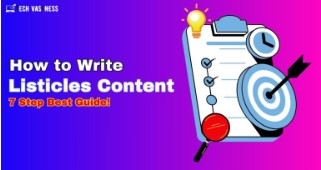
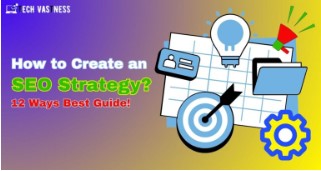
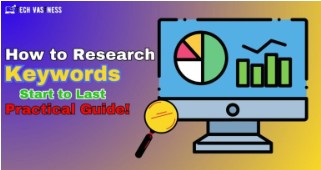
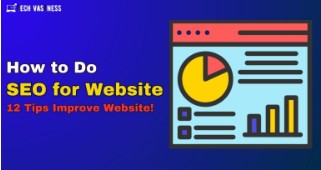
Hence, how do you write such ultra-specific headlines?
Let’s assume that your target keyphrase is “big business plan.” Here are specific headline variations that would work:
- 5 Simple Steps to Write a Big Business Plan for Beginners
- Top 10 Big Business Plan Templates That Succeeded
- Learn How to Write a Big Business Plan From Scratch
- Step-by-Step Process for Writing a Big Business Plan in 30 Minutes
See how specific the above titles are? They contain ultra-specific sentences that communicate exactly what the user will get by clicking.
3) Convey a Sense of Urgency: Don’t Miss Out!
Unless you urgently infuse your headline, your readers will likely put off reading your content or possibly bookmark it and never return. You want users to click your headline now.
That’s what happens when you use urgency in your title writing.
You can also bring that sense of urgency to your personal life and productivity.
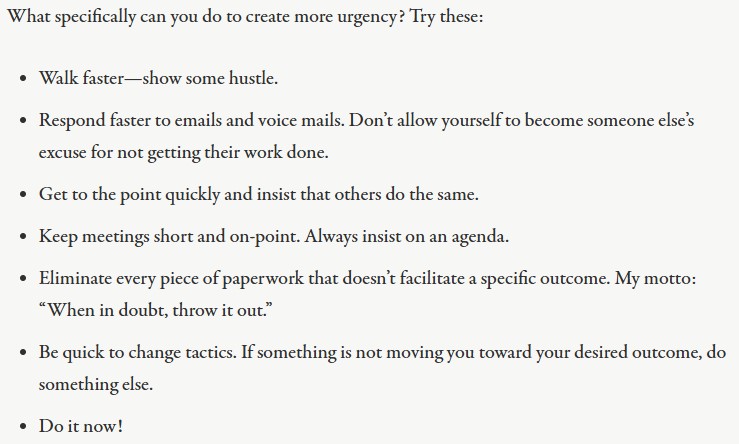
Copywriters usually improve conversion rates when they strategically use a sense of urgency in their copy. Scarcity and urgency are two strong copy elements that team up to produce outstanding results.
E-commerce websites regularly leverage urgency and scarcity. Amazon uses them to sell more physical goods:
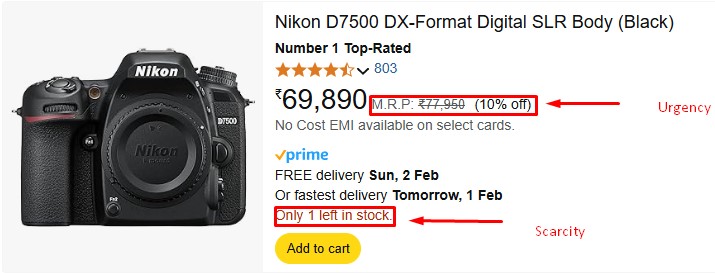
4) Provide Something Useful
What great is a title (or the content it’s attached to) if it’s not useful? Not very.
The first 3 rules—uniqueness, ultra-specific, and urgency—all correlate with usefulness.
If your headline and post don’t provide meaningful value, they will fail—no matter how much urgency you employ. You can’t write a specific and unique piece of post without it being useful.
What does a useful post look like? it’s practical, valuable, informative, helpful, worthwhile, advantageous, beneficial, and so on. Your primary objective is to help users experience hope, knowing that their problem can still be solved.
Don’t forget to add plenty of data to your content and capture screenshots. Writing in-depth content can also help your cause because studies show that content length correlates with search rankings and conversions.
😎 Do You Understand the 4 U’s of Writing Attention-Grabbing Headlines?
We’re learning to write headlines. Are you ready to put them into action? Now, It’s time to look at what you can do to make your headlines more magnetic. You’ll be writing catchy headlines that generate qualified clicks and leads for your business in no time.
1) State the Obvious in Your Title
Write titles that are easy to understand. The moment a user lands on your web page, they shouldn’t need any help to figure out what you’re saying.

I have to point out that many headlines with a sense of urgency lack clarity of purpose. The headline’s purpose is to get people to click so that you can earn a better return on investment (ROI). The purpose is not to appear educated or clever.
Another way to confuse readers is by using words and sentences that aren’t common. Instead, demonstrate your cleverness by explaining complicated issues easily, with the ordinary person in mind.
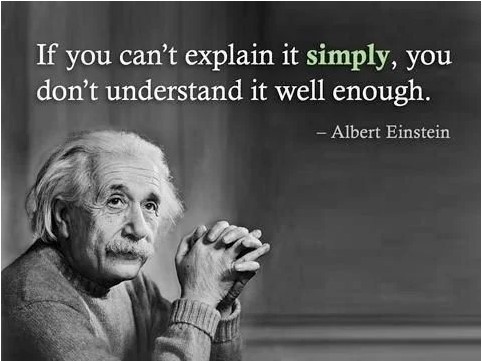
Use easy words to express yourself and convey your message. If your users are “hungry” for useful information, don’t ask if they’re “famished.” Both words mean the same. But one is more commonly used than the other (and it’s best for SEO!)
Here are some examples of confusing headlines you should avoid:
- Don’t use: 10 Meticulous Savings Tips for the Financial Amateur
- Instead use: 10 Effective Saving Tips for Those Who Want Extra Cash
- Never use: How to Annihilate Elergy of Skin Due to Unfavorable Weather
- But use: How to Get Rid of Acne & Other Annoying Skin Conditions
- Never use: Top 12 Ubiquitous Places to Find Ravishing Blog Post Theses
- Feel free to use: Top 12 Places to Find Useful Blog Post Ideas
2) Use Interesting Adjectives in Your Headlines
Adjectives are the best for emotive writing and bringing your viewers along with you on a story. They keep users engaged and interested.
As a content writer, you can use adjectives to give your title a boost and make it super-attractive to your viewer’s needs.
Some examples of interesting adjectives that you can use to create your headline are below:
✅ Fun
✅ Painstaking
✅ Free
✅ Strange
✅ Incredible
✅ Effortless
✅ Absolute
✅ Essential
✅ And so much more…
Here’s a title from Parents that uses the word “fun”: ⏬
10 Fun Things to Do on Mother’s Day
And here’s a title from Healthline using “free”: ⏬
28 Free YouTube Health Channels to Keep You Moving
3) Flag the Users in Your Headlines
It’s a powerful way to write headlines for copy and blog posts. You already know one of the basic techniques, which includes addressing the readers as “you.”
I often use “you” in my titles. I’ve found the engagement is very high for each headline that contains “you.” The word “you’ connects with and captivates your users on a personal level.
Since the majority of your competition is also using content to reach and attract clients you’ve got to reach your prospects on their level, whether you’re a B2B or B2C marketer.
Address your users directly by writing headlines specifically for them. I’ve used this approach a lot of times, and it works. Here are some examples:
- For Clickbank Affiliates Only: Double Your Affiliate Commission in 20 Minutes a Day
- WordPress Fashion Bloggers: 3 Ways to Secure Your Blog Against Hackers
- Struggling Bloggers: Create an Endless Stream of Content Ideas With This 1 Site
- Calling All Struggling Bloggers: Use These 5 Strategies to Get More Blog Visitors
4) Use Emotional Words in Your Headlines
All words aren’t equal. A few words have the power to prompt change, while others easily reaffirm the status quo. A few words make people cry, while others evoke joy.
Emotionally impactful words are famously referred to as “power words.” Here are a few emotional power words you can use to give users a pep talk and spur them into action:
| Amazing | Eye-opening | Miracle |
| Audacity | Faith | Pluck |
| Backbone | Fearless | Sensational |
| Belief | Fulfill | Spectacular |
| Blissful | Grateful | Spine |
| Bravery | Grit | Spirit |
| Breathtaking | Guts | Staggering |
| Cheer | Happy | Stunning |
| Conquer | Heart | Surprising |
| Courage | Hero | Triumph |
| Daring | Hope | Uplifiting |
Here are some examples of unique headlines that use some of these power words:
- How to Conquer Writer’s Block in 7 Simple Steps
- Case Study: How Courage Helped Me to Build a 5-Figure Online Business
- The Great Way to Write From Your Heart and Connect With Customers
- Audacity of Content Marketing: 4 Secrets to Outsmart Your Competitors
📝 Note: You can use one or more power words in your title. Just ensure they’re useful for the reader and read naturally so you don’t get a Google penalty for “keyword-bombing.”
Be warned that a few use emotional wards in the wrong way – to deceive and manipulate consumers, or even build “clickbait.” That’s not what we’re trying to do here, you understand.
Your purpose is to use powerful words to increase the conversion rate for your blog posts, emails, copy, and adverts. Words have power, hence use them wisely.
Appealing to your client’s emotions should importantly increase your sales and social shares. Instead of pushing sales messaging to them, the core focus is on answering their question. Legit marketing is about creating relationships, not chasing customers away.
Appealing to audiences on an emotional level makes them more likely to trust you.
Step 4: Using Headline Formulas
Another way how to write a great headline structure, AKA a “formula.” Each authority blogger and content marketer has one or more formulas for writing headlines.
I have mine. But, sometimes I tweak and test multiple headlines to identify which works great. Whatever your formula, ensure to add powerful words that will get people to purchase your product or join your waiting list.
Some bloggers choose to write their content first before creating the headline. I don’t do that. However, there isn’t a strict rule. What works for me may not be the best approach for you.
We’ve addressed a few ways to write a powerful headline. One formula I like uses the acronym” SHINE”:
- S& – Specificity
- H – Helpfulness
- I – Immediacy
- N – Newsworthiness
- E – Entertainment value
To make it easy for you, consider adopting the headline formula many fitness experts use. They identify the problem, offer a solution, and then make the promise.
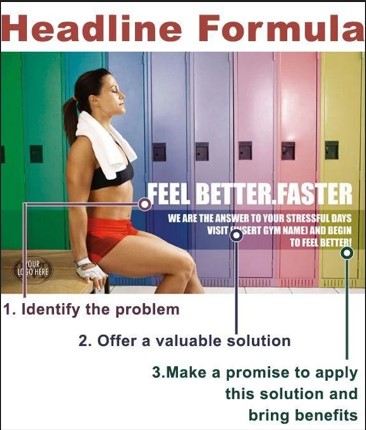
Here are more formulas you can use to write magnetic headlines:
1) The “Little Known Ways” Formula
How often have you used this time-tested formula to write a compelling headline? Using the sentence “little known ways” is like promising to let the reader in on a secret. As a result, it’ll be hard for them to resist clicking.
Every one of the words in the formula is emotionally driven. These headlines usually pop into the audience’s minds, even better after they’ve seen them.
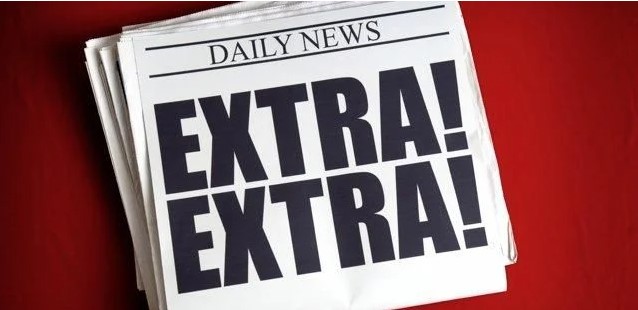
Here are some “little-known ways” headlines digital marketers are likely to use:
- 5 Small-Known Steps to Monetize a Brand-New Blog Successfully
- How These 7 Little-Known Secrets Increased My Search Traffic by 54%
- 15 Little-Known Ways to Increase Conversion Rate
2) The “Get Rid of [Problem] Once And For All” Formula
Who wouldn’t want to permanently eliminate an annoying problem they encounter daily? When you craft your headlines with this strategy in mind, you’ll engage your audience from beginning to end. They’ll be eager to discover the secret as well.
This headline formula is mostly applicable in the health industry, because it appeals to the audience looking to cure, treat, remedy, or alleviate a physical problem – e.g., skin scars, acne, high blood pressure eczema, bad breath, etc.
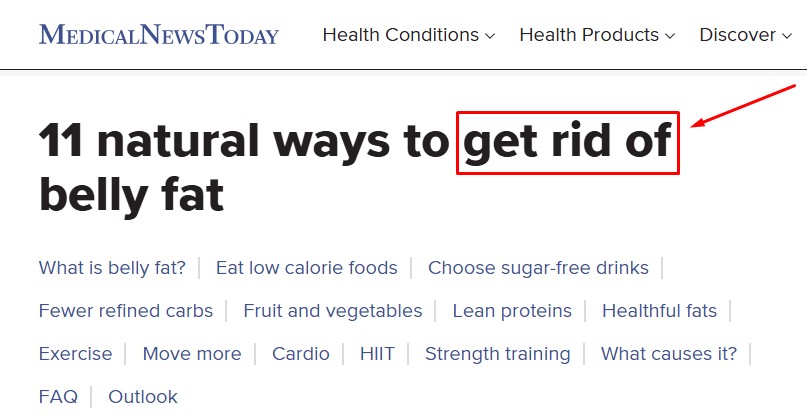
Headlines that promise to help the user get rid of a particular problem will persuade the user to take three steps:
- Click the headline.
- Read the first paragraph to determine if you have truly the answer.
- Read through to the finish or scroll down and take action.
Even though the “Get rid of” headline formula is mostly used in the healthcare industry, you can reverse-engineer it and use it in online marketing topics, like blogging, affiliate marketing, SEO, social media, conversion rate optimization (CRO), self-publishing, web traffic and so on.
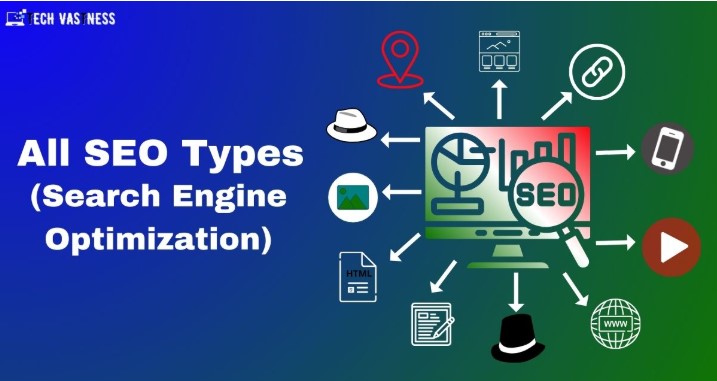
Here are some examples:
- How to Get Rid of Affiliate Marketing Failure and Drive Search Traffic
- Stop Wasting Time: Get Rid of Tempting Social Media Tools and Get More Done
- 7 Smart Ways to Get Rid of Content Marketing Struggle and Make More Money
The “get rid of” title formula often goes viral, especially when promoted strategically by the author.
3) “Who Else Wants” Formula
This headline style works as it asks a question, and the right question usually generates the right answer.
The formula brings your target people into the discussion and makes them feel comfortable. It’s like you’re there talking with them. Copywriters often ask several questions in their copy to get the targeted clients to pause and consider the product; the same principles apply to titles, too.
Just like seeking and sharing timely content and involving at least one image in your content, simply asking the right question can increase your social shares and engagement.
Here are a few examples of the “who else wants” headline formula:
- Who Else Wants the 7 Steps to Master A/B Split Testing?
- Who Else Wants to Raise Capital for a Fresh Startup?
Step 5: The Measure Your Headline’s Success
OK, so you’ve learned how to write a great headline. Now, it’s a good time to measure your headlines’ success.
It’s not a one-size-fits-all scenario, however.
For example, people love to share lengthy articles (usually 2,000+ words). As a smart marketer, you wouldn’t simply assume that longer blog posts would work for you. The great way to make your own decision is to write a similar, in-depth post and see how it goes.
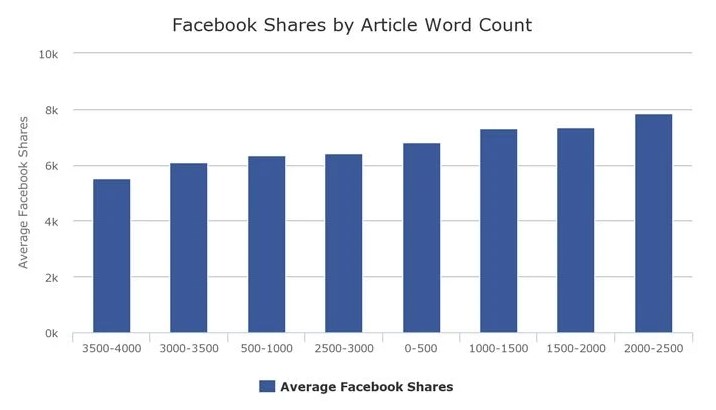
Why is testing so crucial? Well, what’s the benefit of using a headline formula or rule that doesn’t produce results for you? You want to ensure you’re not wasting your time—or your money (if you hired a professional to write the post).
You can measure post and headline success through:
1) Customer inquiries: Within a period of 2 to 3 months, did your content generate any customer inquiries? It doesn’t have to be much. Let’s say you have a handful of clients. That’d be a sure signal that your title style is working. All you’d have to do is optimize & improve it.
2) Social media stats: Are the audience commenting, linking, and sharing your content? Most media platforms provide engagement statistics at the hit of a button, and it’s crucial to keep your eye on what your viewers enjoy the most.
3) Other forms of digital statistics: Another thing that you may want to measure is the number of inbound links you generate via your powerful titles and content.
Editorial links are good kinds of links to get as you don’t ask for them. Additionally, they mainly appear within content, thus passing crucial SEO value.
4) Measure direct responses: A lot of content producers prefer to turn off comments, but they can be a brilliant way to generate and follow up on leads, engage with your reader, and view which posts are working and which aren’t. If you have a piece of content generating an insane number of comments, it means you’ve done something right.
The takeaway here is to figure out what’s delivering your success & repeat it. Maximize your powerful titles.
Step 6: Put the keyword first
Also good at the front of the headlines: target keyword.
Using the target keyword at the start of the title tag <title> and header <h1> gives it “keyword prominence” helping to indicate its relevance to search engines. This is not crucial for subject lines and social posts.
An effective headline works for both search engines and users. To craft headlines that rank and capture attention, use a colon. It lets you separate the search-friendly keyword from the social-friendly triggers.
It gives you keyword prominence but still leverages human psychology in the rest of the headline.
Check out these examples from posts on this blog:
See the pattern? Every post is optimized to rand for the keyphrase at the start of the headline (with perfect keyphrase prominence) followed by a number or words to connect with users’ hearts and minds.
So here’s Techvastness’s formula for writing headlines:
Target Keyword + Colon + Number or Trigger Word + Promise
Does it work? Search for any of those keyphrases before the colon in the headlines above. You probably view the post ranking for the phrase… and you might click, thanks to the numbers and the benefit statements.
📖 Read Also: What is keyword Stuffing in SEO? Types & How to Avoid
🔚 Final Tip: Write Lots, Select One.
The pros aren’t writing a headline. They are writing many headlines. Write several options for each location: title stage, headers, and subject lines. Meet with your editor or get input from a friend marketer.
Once you’ve got many, you can choose one and put the rest in the circular file (the trash).
Here are some final examples of headlines. These are the ones we considered but didn’t use for this post…
- A Quick Guide to Catchy Headlines That Readers Can’t Resist
- How to Write Headlines That Won’t Get Ignored (Our 9-Point Checklist)
- 5 Headline Writing Rules For More Clicks, Traffic and Shares
- X Killer Headlines, And 7 Tips for Writing Powerful Headlines Yourself
What do you think? Should we have gone with any of these?
Conclusion:
With new content marketing strategies emerging daily, it’s become difficult to focus on what works. It’s why smart digital marketers are disciplined. They understand the significance of best content and whether it generates search traffic and leads.
Furthermore, it’s why they understand the significance of learning how to write a good headline. After all, what great is good content without a great headline that entices users to click on the content in the first place?
After creating a compelling headline, you can focus on making the introduction, subtitles, bullet points, and call to action equally crucial.
Remember, it’s not enough that users click your headline. You want to compel them to read via the body of your content as well.
Hence, keep your content’s overall focus on educating prospects and clients. In other words, teach them fresh things.
The good approach is to use storytelling and data-driven content to create authority while solving their problem.
Above all, be consistent and keep learning new ways to write magnetic headlines that beg to be shared.
📖 Read More Blogs:

